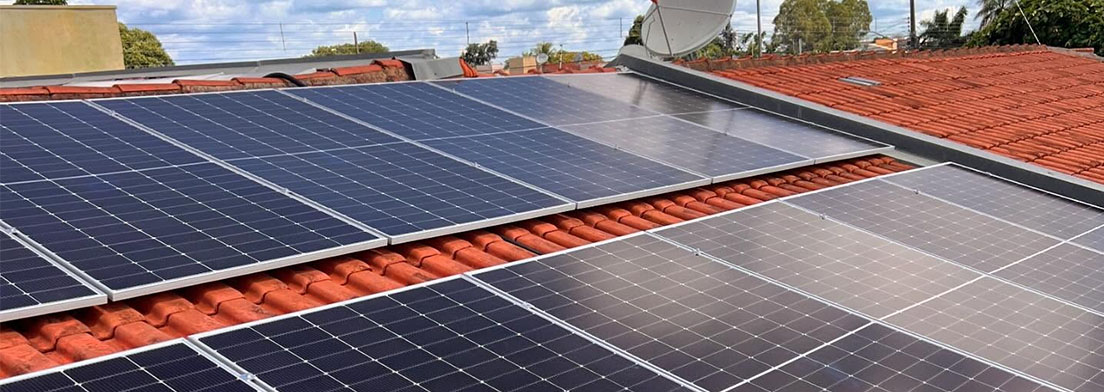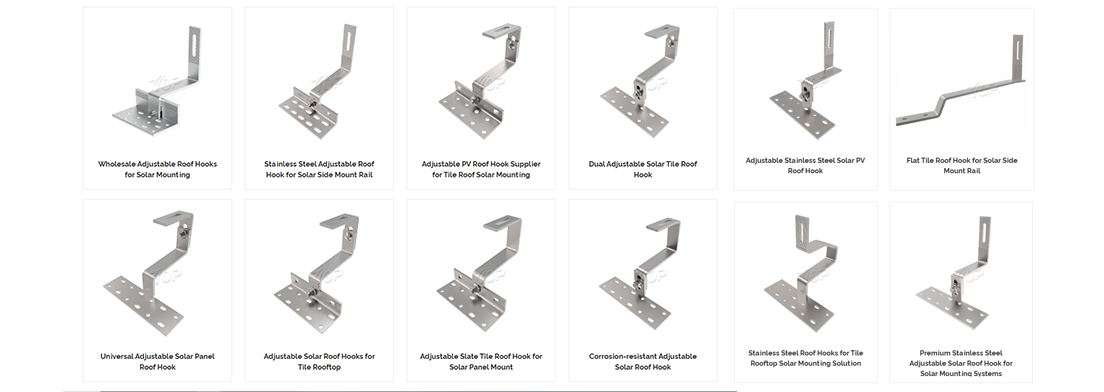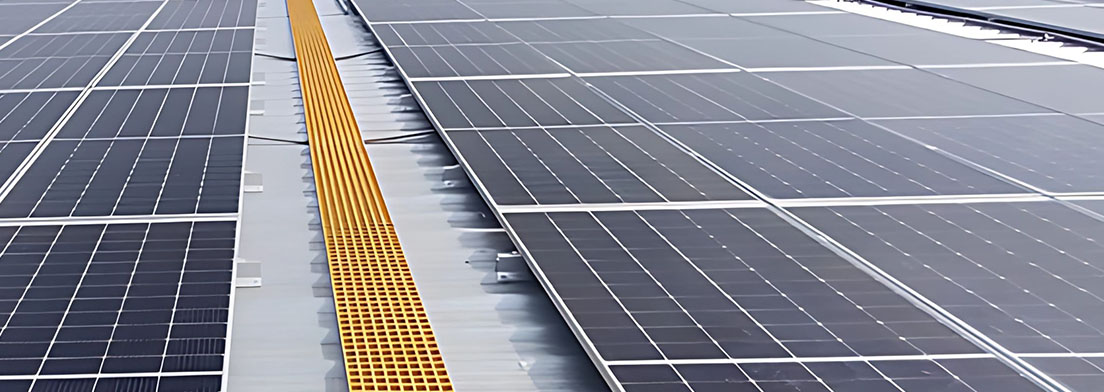In solar power systems, efficient cable management isn't just about keeping things tidy—it plays a critical role in system performance, safety, and long-term maintenance. One of the most effective solutions for this is the cable tray system.
What Is a Cable Tray?
A cable tray is a structural system designed to support and organize electrical cables, wires, and conduits—especially in complex installations. It ensures a safe, durable, and organized pathway for cable routing in solar energy systems.
Common Materials Used:
Stainless Steel: Corrosion-resistant with high strength; ideal for long-term outdoor use.
Aluminum: Lightweight and corrosion-resistant; great for rooftop installations.
FRP (Fiberglass Reinforced Plastic): UV-resistant and chemically inert; perfect for corrosive or coastal environments.
Material selection should consider local climate, exposure, and specific application needs.

Why Cable Trays Matter in Solar Installations
Cable trays provide more than just structure—they enhance safety, efficiency, and compliance:
1. Enhanced Electrical Safety
Organized cabling prevents tangling, reducing the risk of short circuits, overheating, and fire hazards.
2. Extended Cable Lifespan
Cable trays shield wires from UV rays, moisture, wind, and mechanical damage, ensuring long-term durability.
3. Improved System Efficiency
Proper cable routing reduces voltage drop and EMI (electromagnetic interference), enhancing overall system performance.
4. Easier Maintenance & Inspection
Open tray designs allow for fast visual inspection, repairs, and upgrades, lowering operational costs.
5. Regulatory Compliance
Structured cable systems help meet electrical codes and industry standards, ensuring smoother approvals.
How to Choose the Right Cable Tray
Consider the following factors for optimal selection:
Material Durability: Stainless steel or FRP for outdoor and corrosive environments
Load Capacity: Ensure strength to support cable weight, wind loads, and temperature variations
Installation Flexibility: Modular designs for compatibility with rooftop or ground-mounted systems
Common Cable Tray Types in Solar Projects
|
Cable Tray Type |
Key Features |
|
Ladder Tray |
Excellent ventilation, ideal for long cable runs and easy |
| Solid Bottom Tray | Full cable protection; suitable for dusty, wet, or harsh environments |
| Wire Mesh Cable Tray | Lightweight and easy to install, ideal for control and monitoring cabling |
| Trough Tray | Continuous support and shielding, good for managing dense cable bundles in limited space |
Final Thoughts
A well-designed cable tray system is not a luxury—it's a necessity for any high-performance solar energy setup. Whether you’re working on a residential rooftop or a commercial-scale solar farm, selecting the right cable tray ensures:
Higher performance
Enhanced safety
Easier maintenance
Long-term reliability











